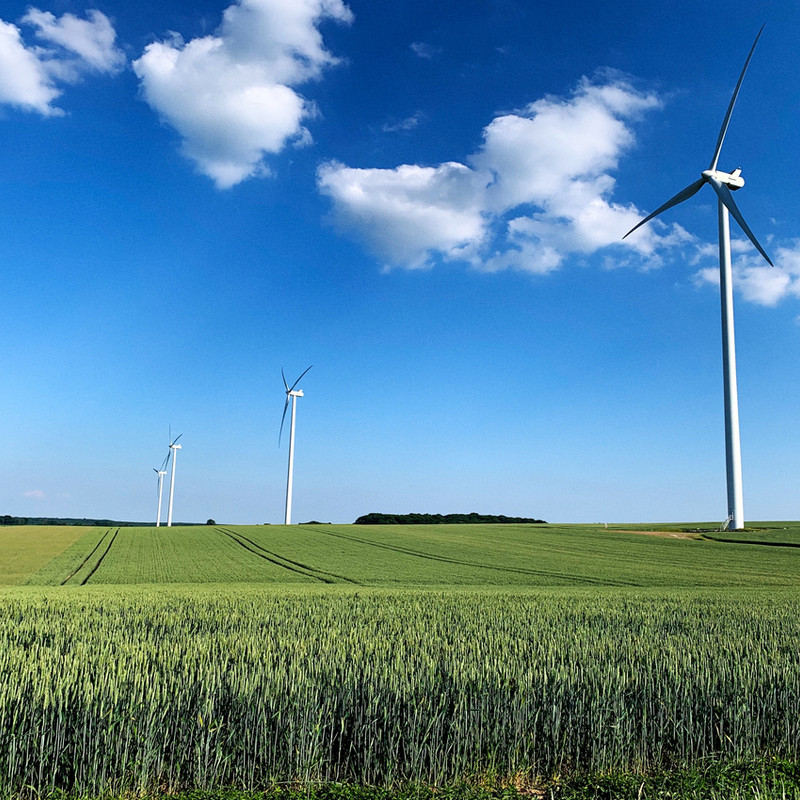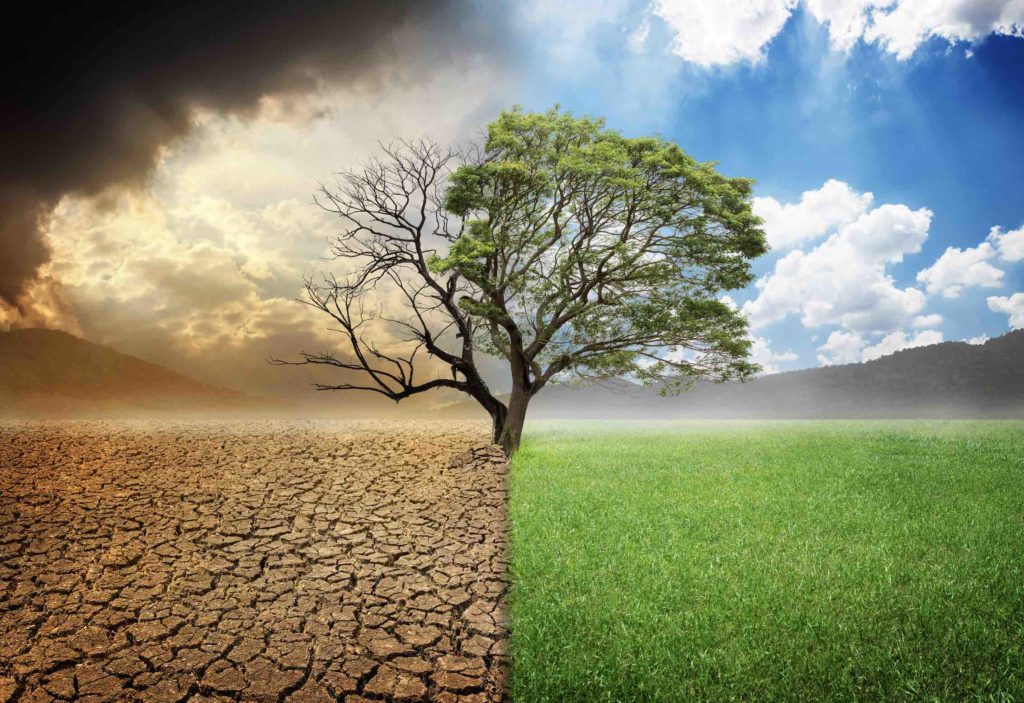Climate change is one of the most pressing issues facing our planet today. It refers to long-term shifts in temperatures and weather patterns that are caused by human activity, like burning fossil fuels and deforestation. Climate change can lead to more extreme weather conditions, like heatwaves, droughts, and floods. It can also cause harm to wildlife and ecosystems.
These shifts may be natural, however, the main cause of climate change is human activity. Burning fossil fuels releases greenhouse gases into the atmosphere, which trap heat and cause the Earth to warm. Deforestation also contributes to climate change by reducing the amount of trees that can absorb carbon dioxide.
The the continued use of fossil fuels and the loss of forests are causing the Earth to warm at an unprecedented rate. This is resulting in more extreme weather conditions, which can be costly and dangerous for people and wildlife.
Greenhouse Gases
Greenhouse gases are atmospheric gases that trap heat and cause the Earth to warm. The main greenhouse gases are water vapor, carbon dioxide, methane, nitrous oxide, and ozone. Greenhouse gases are released into the atmosphere by human activity, like burning fossil fuels and deforestation. They are also naturally present in the atmosphere.
Water vapor is the most abundant greenhouse gas, but it doesn’t stay in the atmosphere for long. It is quickly removed by precipitation. Carbon dioxide is the second most abundant greenhouse gas and it stays in the atmosphere for a long time. Methane is a less abundant greenhouse gas, but it is much more efficient at trapping heat than carbon dioxide. Nitrous oxide is a very potent greenhouse gas that is emitted from human activity, like agriculture and combustion. Ozone is a greenhouse gas that is found in the upper atmosphere.
Carbon Footprint
There are many ways to help reduce the effects of climate change. One way is to offset your carbon footprint, the amount of carbon dioxide that is emitted into the atmosphere as a result of human activity. This can be done by investing in renewable energy, like solar or wind power. You can also offset your carbon footprint by planting trees or buying carbon credits. Another way to help reduce the effects of climate change is to make more sustainable choices in your everyday life, like using less water and energy, recycling, and composting.
Water Footprint
A water footprint is the total amount of water that is used to produce a product or service. The water footprint of an individual, company, or country is the sum of their direct and indirect water use. The direct water footprint is the water that is directly consumed or polluted by an individual, company, or country. The indirect water footprint is the water that is required to produce the goods and services that they consume. This includes the water that is used to grow food, raise livestock, manufacture products, and generate electricity.
The average person’s water footprint is about 2,000 liters per day. The average American’s water footprint is about 5,000 liters per day. The average person in Africa’s water footprint is about 1,000 liters per day. The water footprint of a product is the sum of the water used to produce all of the components of that product. The water footprint of a hamburger is about 2,400 liters. The water footprint of a pair of jeans is about 8,000 liters. The water footprint of a cup of coffee is about 140 liters.
Composting
Composting is the process of breaking down organic matter, like food scraps and leaves, into a nutrient-rich soil amendment. This can be done at home or through municipal programs.
Recycling
Recycling is the process of turning waste materials into new products. This helps to reduce pollution and conserve resources.
Sustainable Living
Sustainable living is about making choices that protect the environment. This includes reducing your energy consumption, recycling, composting, and using less water. It also means supporting businesses that are environmentally responsible.
Carbon Offsets & Climate Change
Carbon offsets compensate for your carbon footprint by investing in renewable energy or planting trees. Renewable energy projects are funded by carbon offsets to help reduce the use of fossil fuels and combat climate change. When you buy a carbon offset, you are supporting these projects and contributing to the fight against climate change.
Carbon Credits & Climate Change
Carbon credits are a type of tradable permit that represents the right to emit one tonne of carbon dioxide. They can be bought and sold in order to help offset greenhouse gas emissions.
Renewable Energy & Climate Change
Renewable energy projects include solar and wind power, hydroelectricity, tree planting, anti-illegal logging initiatives, clean cooking projects, carbon capture and storage, water treatment, composting, and recycling, which don’t release greenhouse gases into the atmosphere. These projects also create jobs and help reduce our reliance on fossil fuels.

Solar Power is the conversion of sunlight into electricity, either directly using photovoltaics (PV), or indirectly using concentrated solar power (CSP). Wind Power is the conversion of wind energy into electricity, either by using turbines to generate electricity, or by pumping water. Hydroelectricity is the generation of electricity from moving water, usually from rivers or dams. Anti-Illegal Logging Initiatives help protect forests and reduce deforestation.
Clean Cookstoves Projects provide clean and efficient stoves to households in developing countries. This reduces emissions from cooking and helps improve air quality. Carbon Capture and Storage projects capture carbon dioxide from power plants and store it underground so it doesn’t enter the atmosphere. Water Treatment facilities help improve water quality and protect aquatic ecosystems. Composting turns food waste into a nutrient-rich soil amendment, while recycling helps reduce the amount of materials that end up in landfills.
Carbon Sinks & Climate Change
Carbon sinks are natural or artificial reservoirs that store carbon dioxide. They help to offset emissions of greenhouse gases and slow the rate of climate change. Forests are the largest natural carbon sink. Trees absorb carbon dioxide from the atmosphere and store it in their leaves, branches, and trunk. When trees are cut down or burned, they release their stored carbon dioxide back into the atmosphere.Soils are another large natural carbon sink.
Soil organic matter stores carbon dioxide in the form of plant debris and other organic matter. When soils are tilled or disturbed, they release their stored carbon dioxide back into the atmosphere. The ocean is the largest artificial carbon sink. Carbon capture and storage projects pump carbon dioxide from power plants and industrial facilities into the ocean where it is stored in the form of dissolved carbon dioxide.
Climate Refugees
Climate refugees are people who are forced to leave their homes because of the impacts of climate change. This includes people who are displaced by extreme weather events, like hurricanes and floods, and people who are forced to leave their homes due to the effects of long-term climate change, like sea level rise and drought. It is estimated that there are currently 25 million climate refugees worldwide. This number is expected to increase to 1 billion by 2050.

